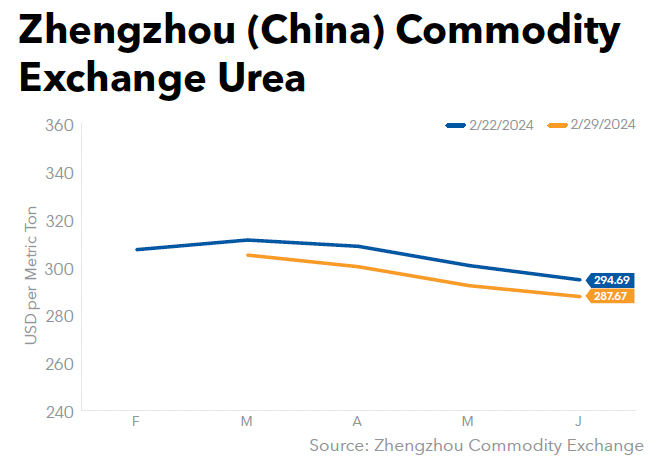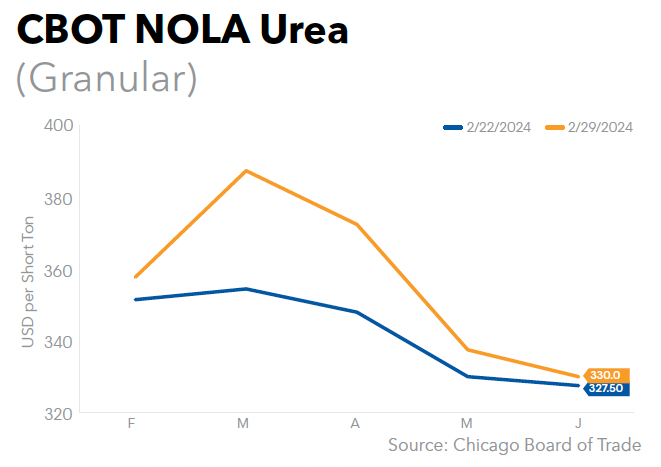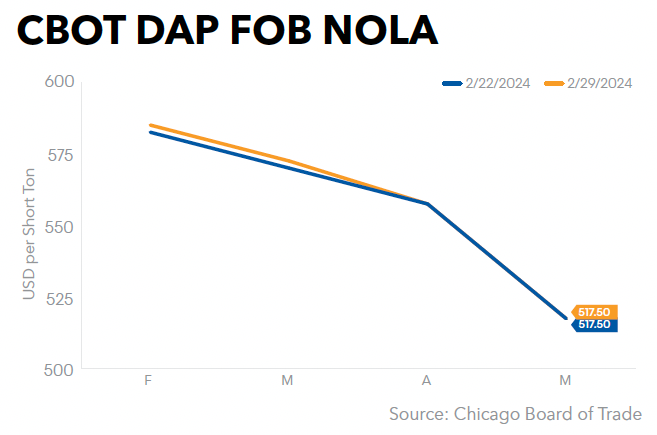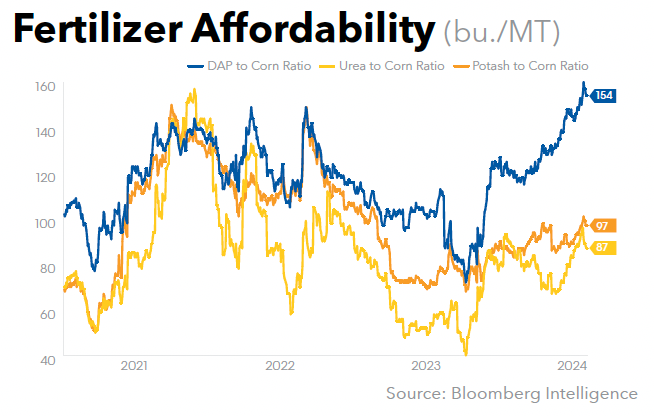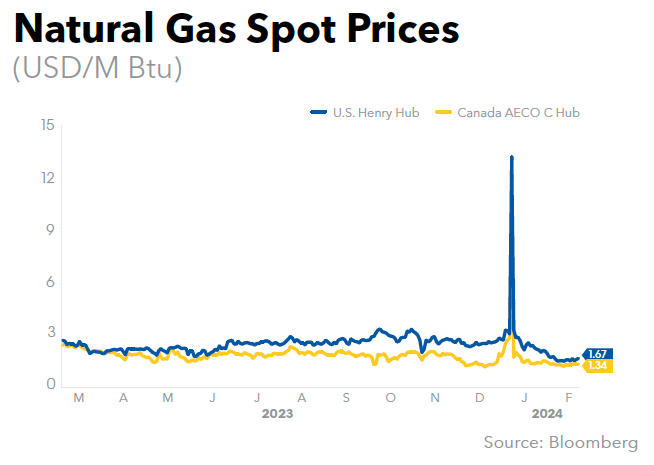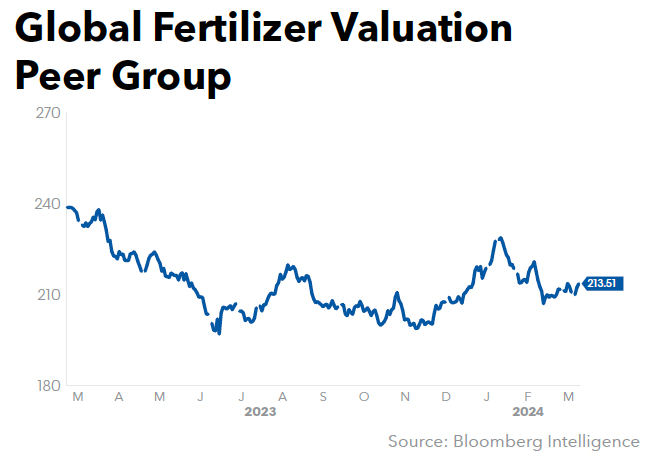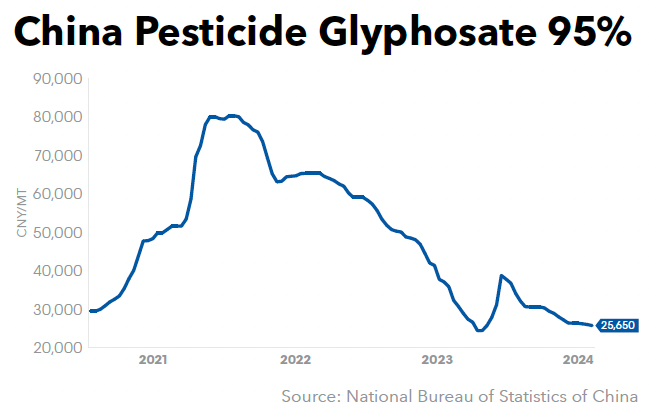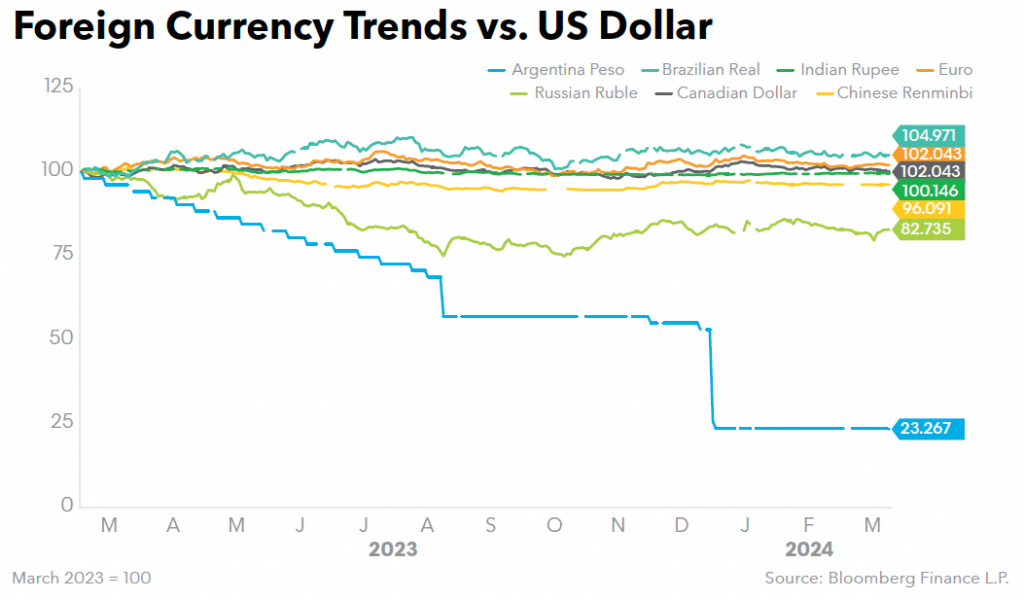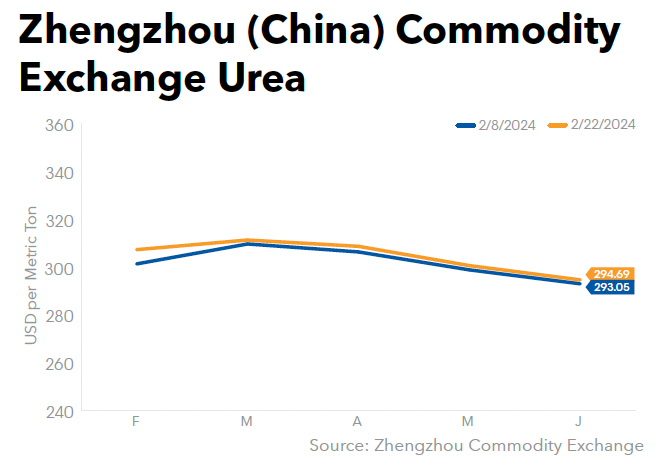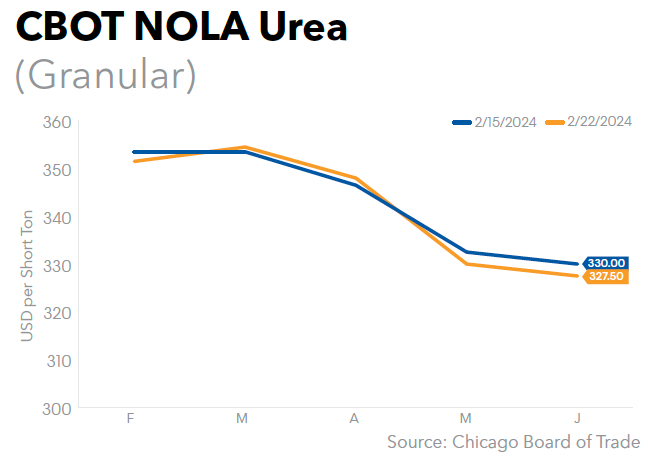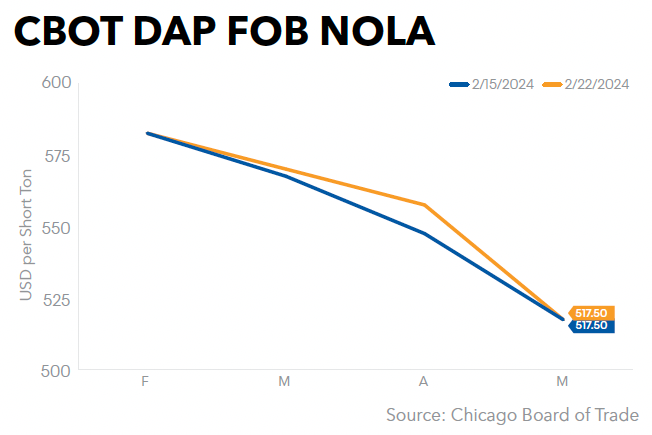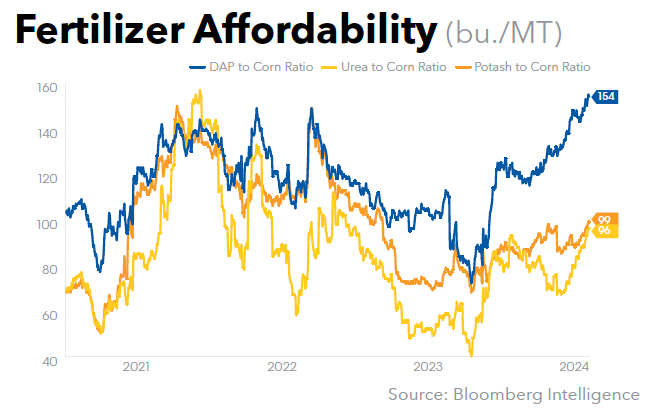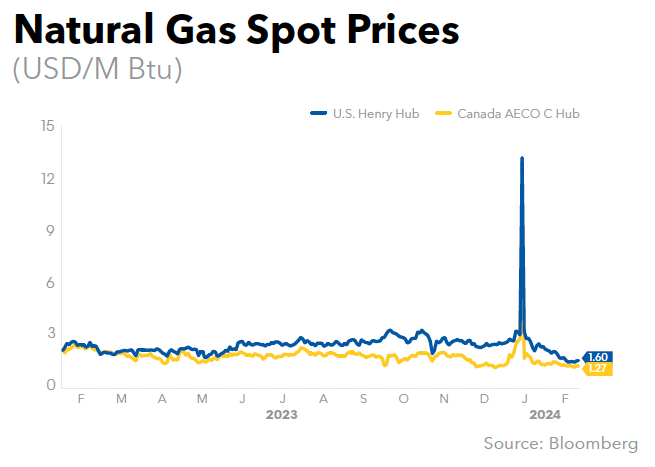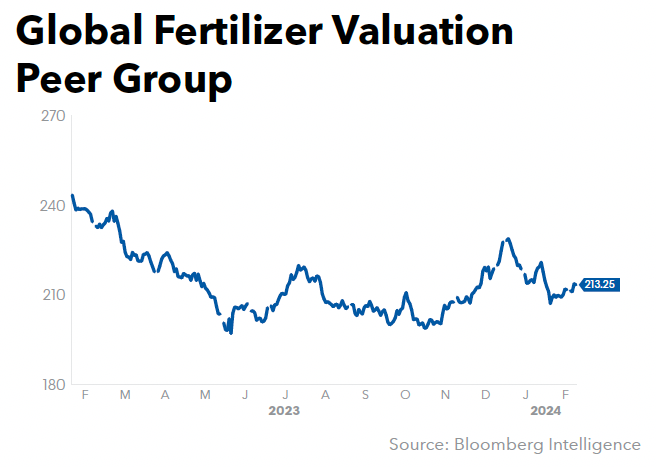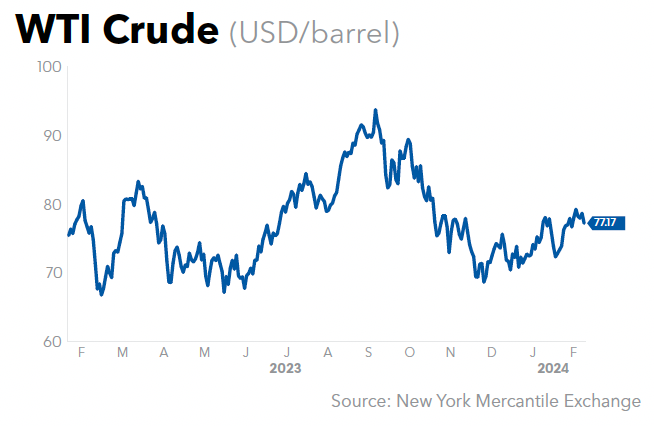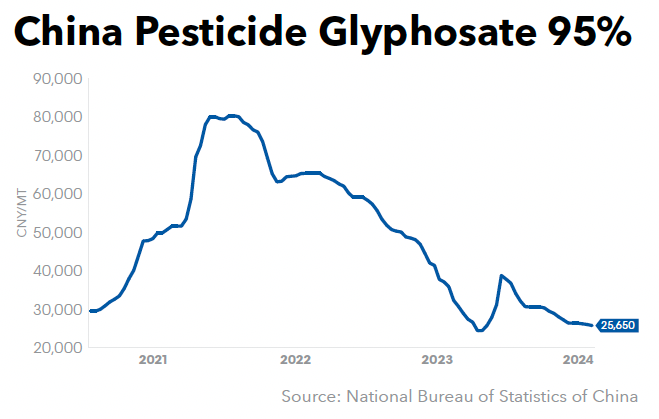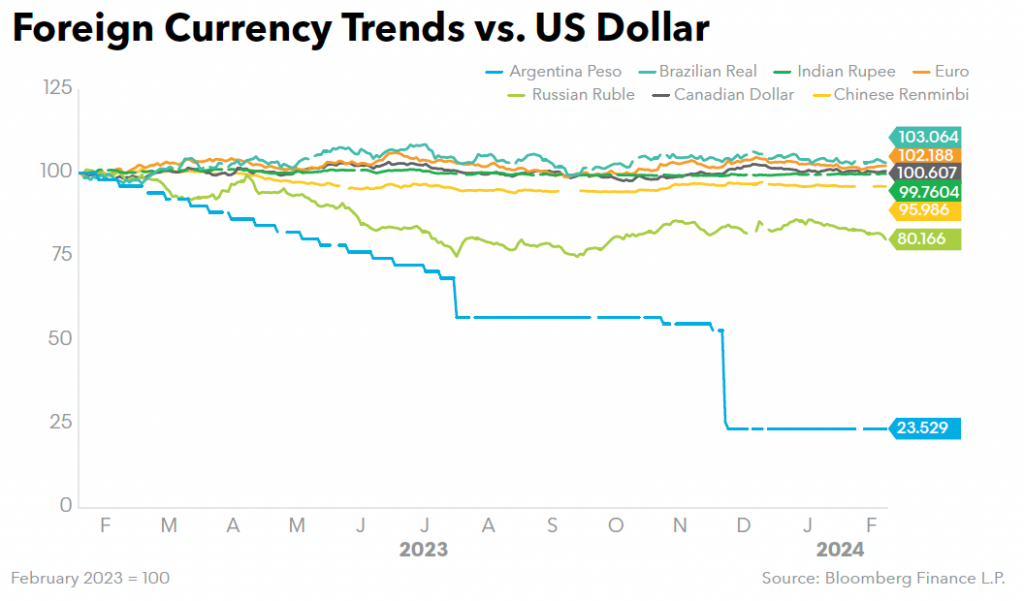Australian explosives manufacturer Orica Ltd. reported that the momentum that underpinned the company’s strong performance in its 2023 financial year (Oct.1, 2022-Sept.30, 2023) has continued into the first four months of FY2024.
In its Feb. 15 business update statement, the company cited the continued execution of its strategy coupled with strong demand for products and services across the mining value chain. As a result, Orica said the outlook for the first half of FY2024 from continuing operations has “improved slightly” from the outlook at the FY2023 results on Nov. 9, 2023.
“The positive momentum from the second half of the 2023 financial year has continued as a direct result of our continued focus on executing our strategy, strong customer demand, and increased earnings from new technology offerings, and these efforts will be reflected in our financial performance in the first half of 2024,” said Orica Managing Director and CEO Sanjeev Gandhi.
Gandhi believes external challenges remain, but the company will continue to work hard to mitigate the impact of these on its business. As previously reported at the time of its FY2023 results, Orica is undertaking several major turnarounds in the first half of FY2024.
The first stage of a scheduled six-yearly ammonia plant turnaround at Kooragang Island, New South Wales, was completed as planned, with the plant resuming normal operations in November 2023. The planned second stage has commenced and is scheduled to be completed by mid-March.
The first stage of Kooragang Island’s ammonium nitrate (AN) prill tower emission abatement installation was also completed. The second and third phases will now be combined and completed this June, reducing the impact on production. Following this turnaround, the prill tower abatement system will be fully operational, further improving the air quality emissions from the site, Orica said.
At the Yarwun site in Queensland, the nitric acid plant (NAP) 3 and the AN 2 turnaround is planned for this March for approximately 30 days. The company said the tertiary abatement installation on NAP 1 and NAP 2 is also well-advanced, with completion expected in April and October respectively.
Orica also said the preparation for the planned turnaround at the Carseland site in Alberta, Canada, in late FY2024 is also progressing as expected. The company said it does not expect any impact on customer supply from these scheduled turnaround events.
Orica reported a net profit after tax (NPAT) of A$295.7 million in FY2023, including A$73.3 million of significant items expense after tax. This compared to A$60.1 million in FY2022. FY2023 underlying EBIT from continuing operations was up 24% year-over-year before individually significant items, at A$698.1 million
Orica now expects to complete the acquisition of Terra Insights from Vance Street Capital LLC by the end of March, with the relevant approvals and closing conditions progressing as planned. The CAD$505 million (approximately $373.8 million at current exchange rates) deal was announced in December last year.
“Terra Insights represents a complementary addition to Orica Digital Solutions and the successful GroundProbeTM business, adding additional products and capabilities across the mining and civil infrastructure value chains and allows Orica to establish a globally leading geotechnical and structural monitoring service,” Gandhi said.
Orica also reported that it has completed stage 1 of the sale of surplus land at Deer Park, Victoria, to Australian industry super fund UniSuper for A$260 million (approximately $170 million at current exchange rates), with all sale conditions being met and cash settlement completed on Feb. 14. The sale includes some 66 hectares of surplus land, or roughly half of Orica’s total surplus land holdings at Deer Park.
The company reported the net profit from the sale is approximately A$173 million and will be recognized as an individually significant item in first-half FY2024.
Orica expects to offer the remaining surplus land at the site (stage 2) to the market in the future, pending the completion of remediation activities, securing approvals from relevant authorities, and supportive market conditions.
